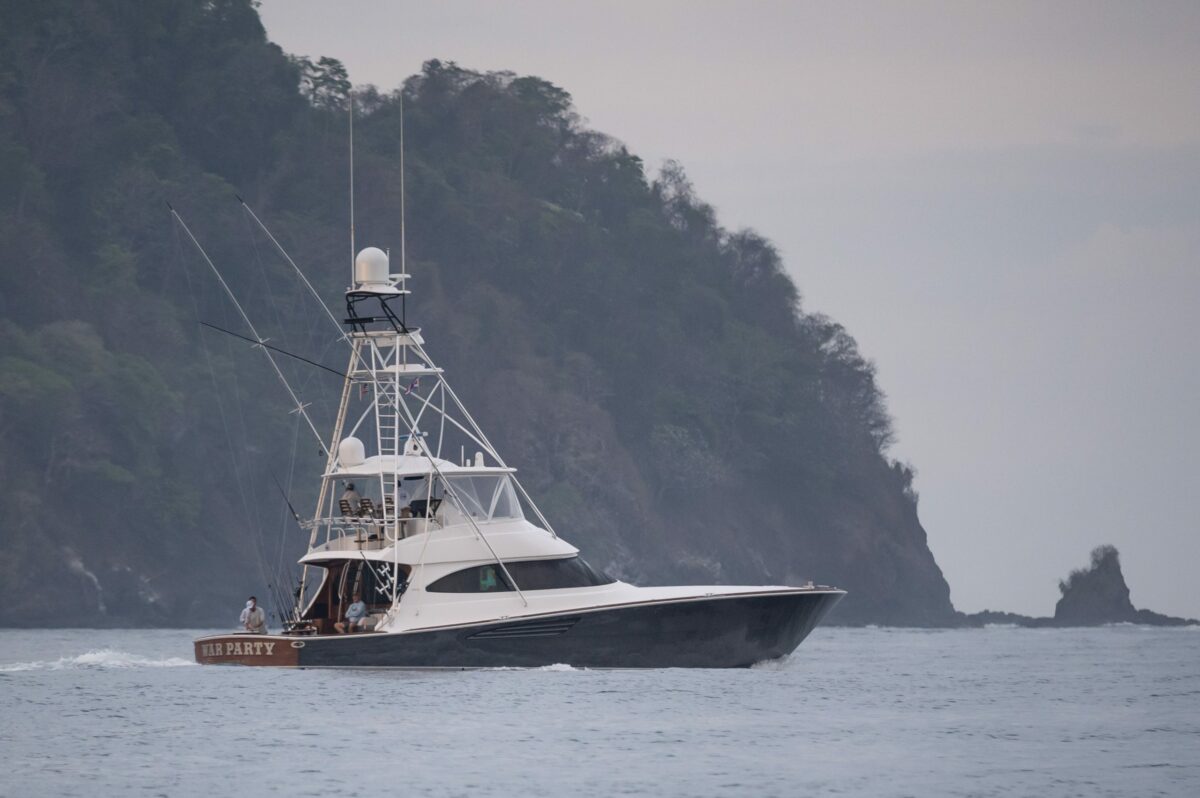Table of Contents
The Genesis of Contender Boats
If you were alive and, in any way, involved in boating during the mid-80s, then you were a witness to one of the biggest boating booms of all time. Contender Boats fueled that growth like no other. After graduating from the University of Florida, Miami native Joe Neber, took a summer job at Sea-Vee that turned into a career. I was planning on going to law school but ended up working for Don McGee for the summer, he says. An unexpected buyout ended his time at Sea-Vee, but Neber had already been bitten by the boat builder bug. He started buying fiberglass hulls from Whitewater and rigging them out for resale. We did a lot of custom rigging, five or six boats, until they stopped selling me fiberglass parts because we were hurting their business. That when I decided to start Contender Boats¦I was 22 years old at the time, says Neber.
The Rise of the Classic 25
A short time later, in June of 1984, the first Contender, a Classic 25, rolled out of the building. Although it been a progression, the boat that really took us to the dance was the Classic 25. As the first Contender, it really an iconic boat. At the time, it was very high tech. We were some of the first to use biaxial and tri-axial fiberglass and used a lot of foam coring. We were stepping up the game and people started seeing some of the advantages of these new materials, says Neber. The 25 was great for us. We sold over 1,100 of them over a real long production run. The next one that came along after that was the 35 express. I built that boat because I needed that boat. We built about 600 of those. It could go fast and get me to the Bahamas and back. But the big one that really made a difference was the 31 Classic, which was actually 326 with the bracket. Back in the day when we were building the 25, we were bolting on transom brackets to a square transom. We were still building a lot of straight-shaft inboards at the time. Before Yamahas came out, the bar for outboard reliability was really low. People who were going to the Bahamas preferred straight shaft inboards for the reliability. But by the late 80s and mid-90s the Yamahas werent breaking. We transitioned to the transom brackets with the 35 Express and the 31 and we never looked back at the inboard market too much, says Neber.
Innovating with Step Hulls
With both the 25 and 31 selling really well, an oil crisis and a recession in the late 2000s tipped Neber hand and forced him to get creative once again. In 2007 and 2008, we had oil at $165 a barrel and people stopped buying boats. We were actually looking at going back to inboard diesels! says Neber. We needed a new product, so we began transitioning into the step hulls business to give our customers an option between the deep-v and the step. But you have to know, I was the anti-step guy when I was the deep-V hull guy! I had a product that was burning 20 percent more fuel than a stepped hull. I had to change something. We went through a lot of research and development, making three dimensional drawings until we got it to the point where we liked the designs and built them. I hardly ever build deep-V now. We knew what we liked in our V-hull and what we wanted in the stepped hull, says Neber. Nobody was building a step hull that had a balance of performance…it didnt exist. If it ran good in a head sea, it was scary in a following sea. Nobody had it right. Our goal was to build safe, balanced stepped hulls that ran in all sea conditions. Our first hull, the 35 Step, hit it right on the money. It worked perfectly. We worked with naval architect John Cosker on the step hulls. He a brilliant guy who has built super-fast racing boats. We told him what we liked and what we didnt like and he came up with the 35¦and it was amazing. Contender went on to make 32-foot, a 39-foot and a 30-foot stepped hull. Our stepped hulls are the finest performing offshore boats available today, says Neber. Their fuel economy, seakeeping ability, soft ride, and safety in a following sea are incredible. There nobody out there that can run with us¦there nothing that goes to sea like a Contender. Good seakeeping is a driving force. It comes from the hardcore fishing stuff we are doing. Our goal wasnt speed; even if we werent the fastest in the fleet, once it got rough, wed still be out front. Our biggest competitor is our prior-built product.
Don’t Forget to Check Out Our Sportfishing Job Board! Did You Know? It’s the perfect platform for seeking skilled captains and mates. Whether you’re on the hunt for your dream team or looking to join one, your next big adventure begins here. Explore the opportunities now! Click Here
Dive Deeper into the World of Sportfishing
You’ve just experienced a taste of the exceptional content featured in the pages of InTheBite Sportfishing Magazine. If you found this engaging, you’re in for a treat with our full publication. Whether you prefer the tactile experience of print or the convenience of digital or both we have a special offer for you.
Unlock Exclusive Savings: Enjoy 50% Off Your Subscription!
Are you ready to explore the thrilling world of sportfishing from the comfort of your home? Subscribe now and embark on a journey filled with captivating stories, expert insights, and insider tips. Choose between our digital or print edition and secure an incredible 50% discount on your subscription.
Subscribe today and get ready for an adventure like no other. Click here to subscribe and elevate your sportfishing experience with InTheBite Sportfishing Magazine.















